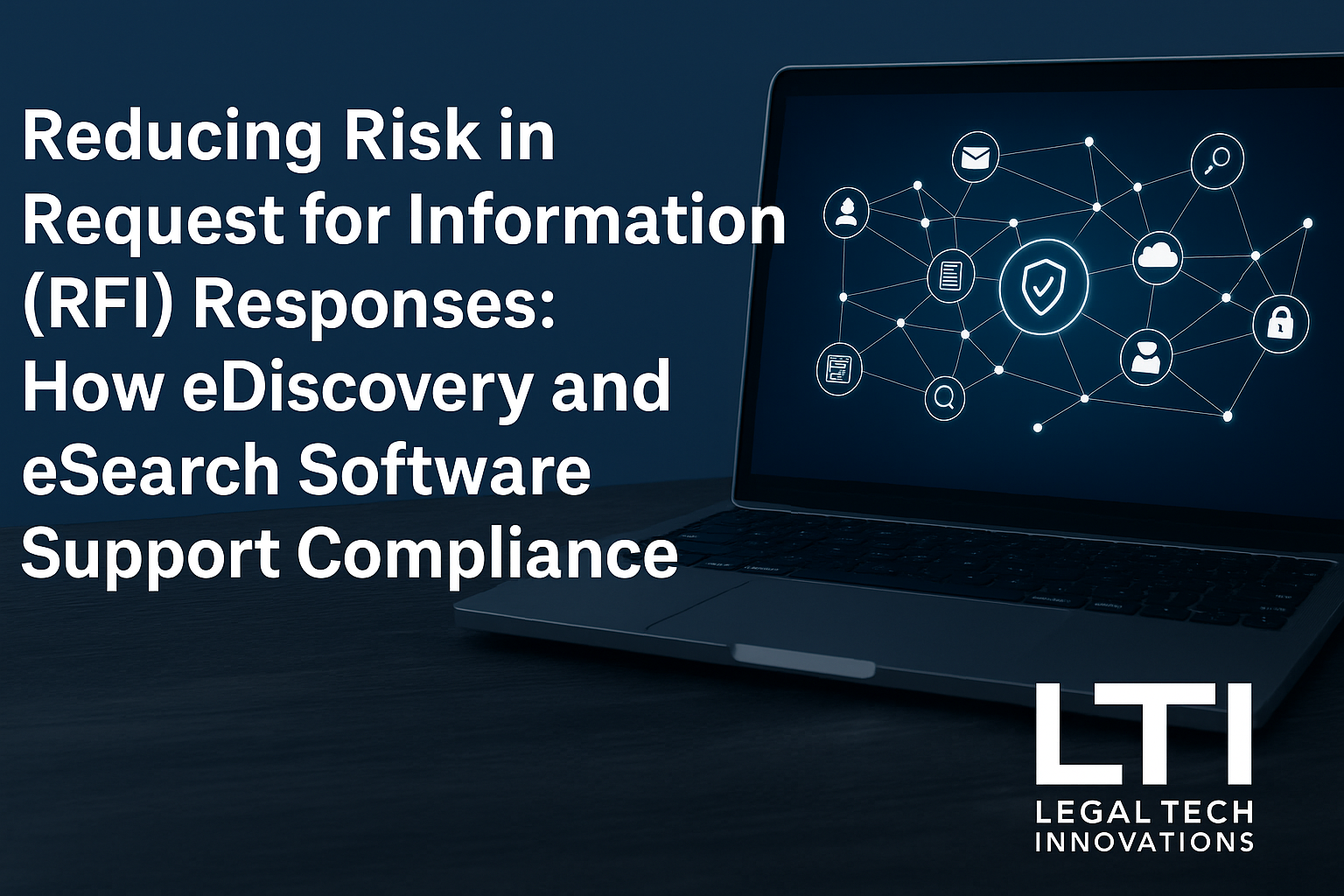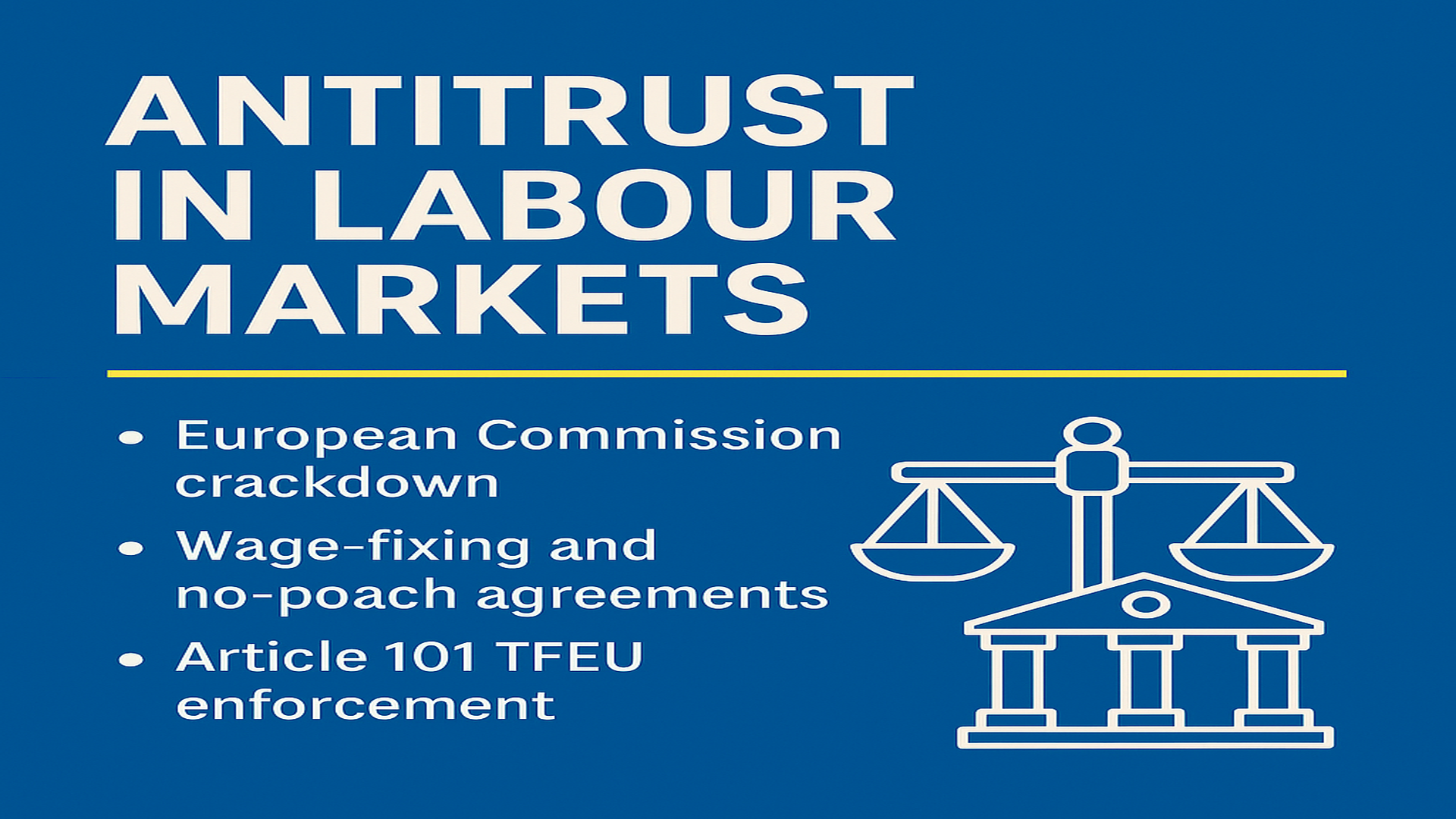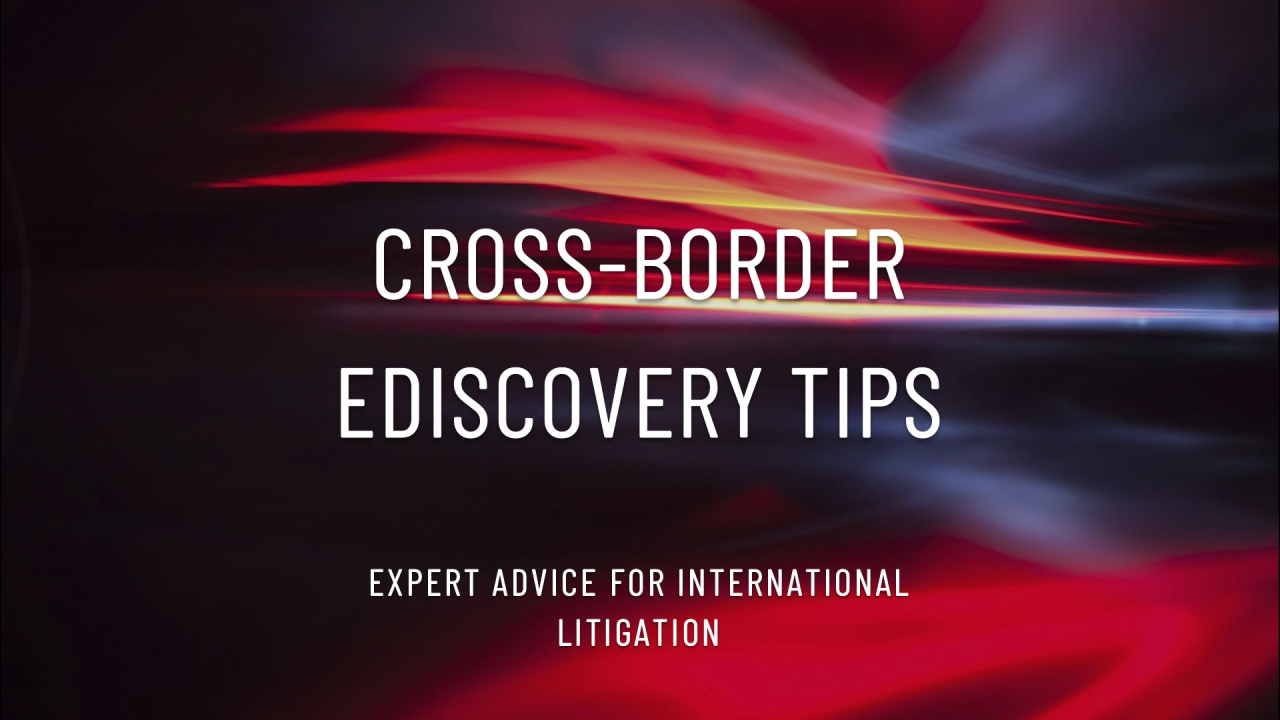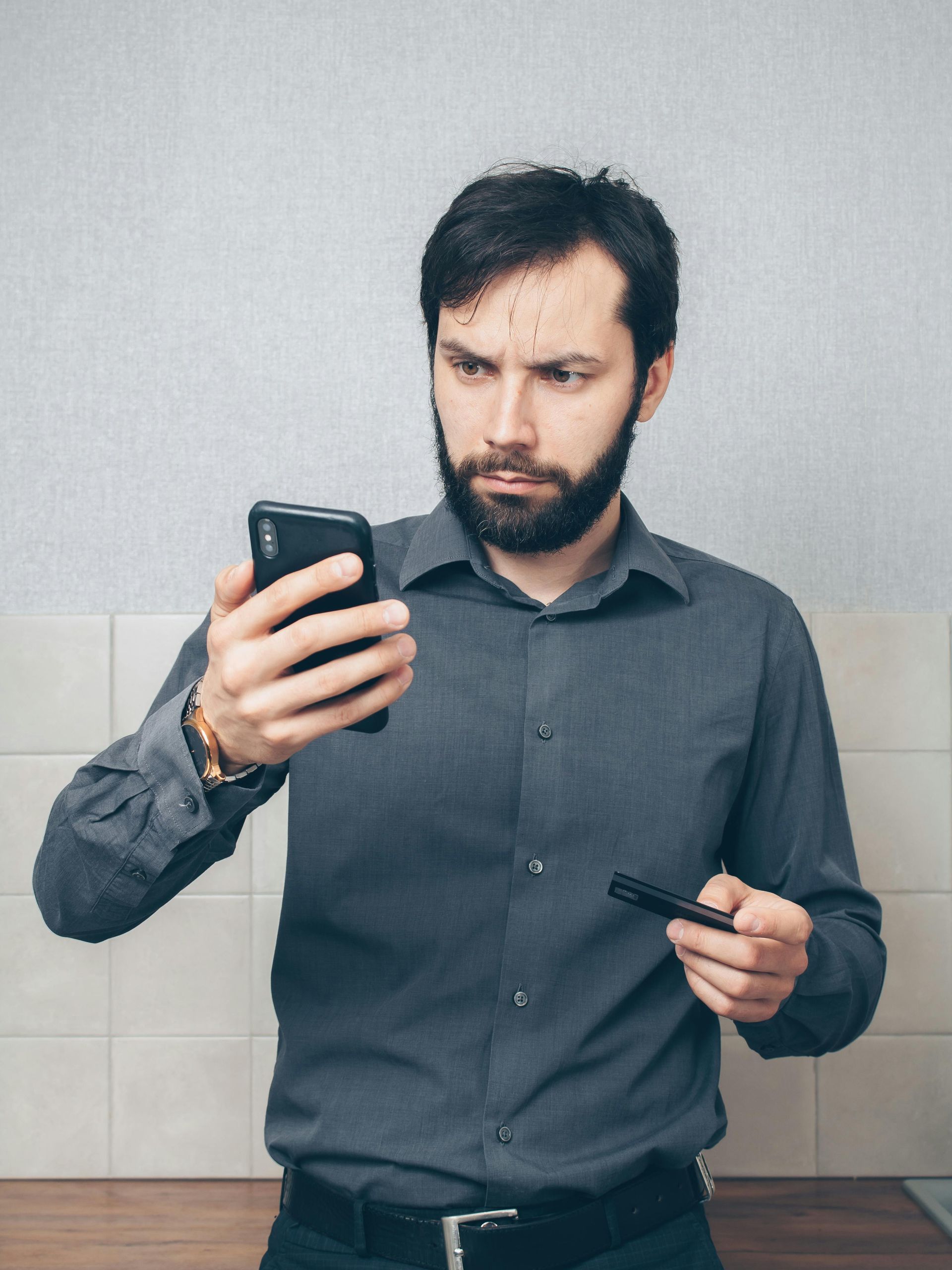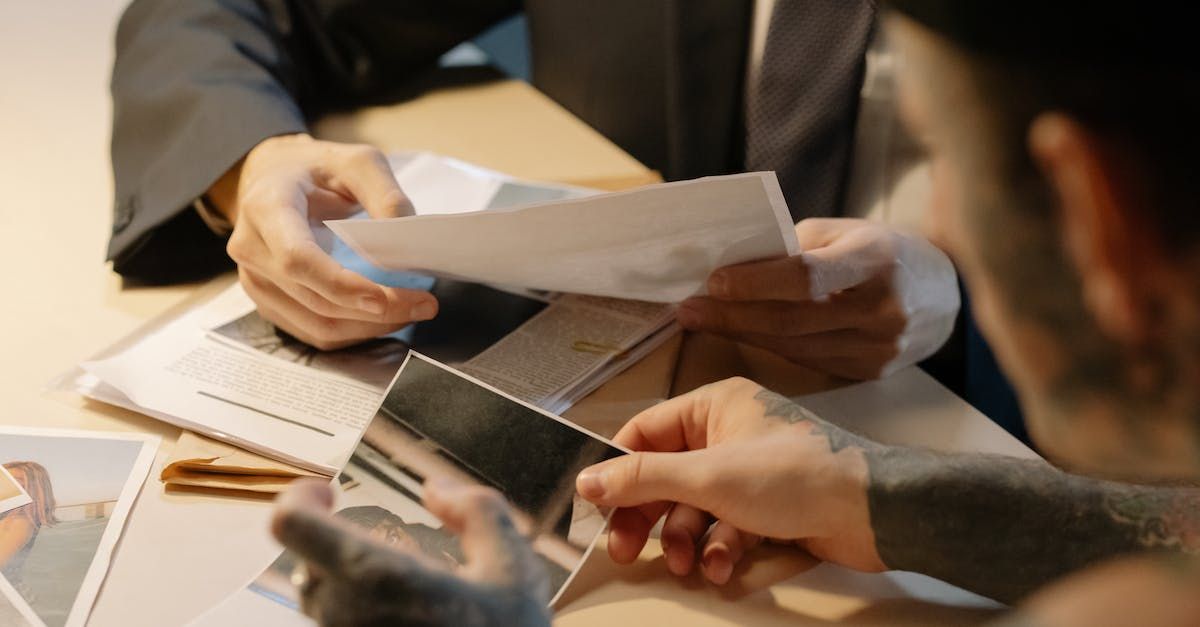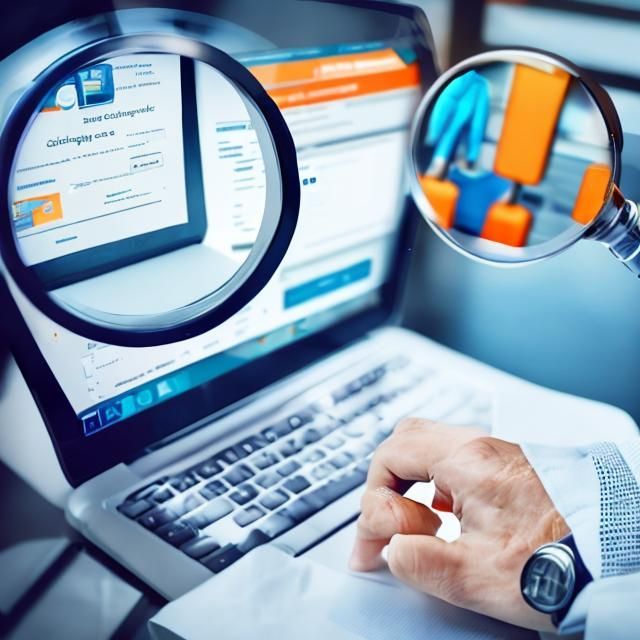Handling Mobile Phone Data During an Investigation
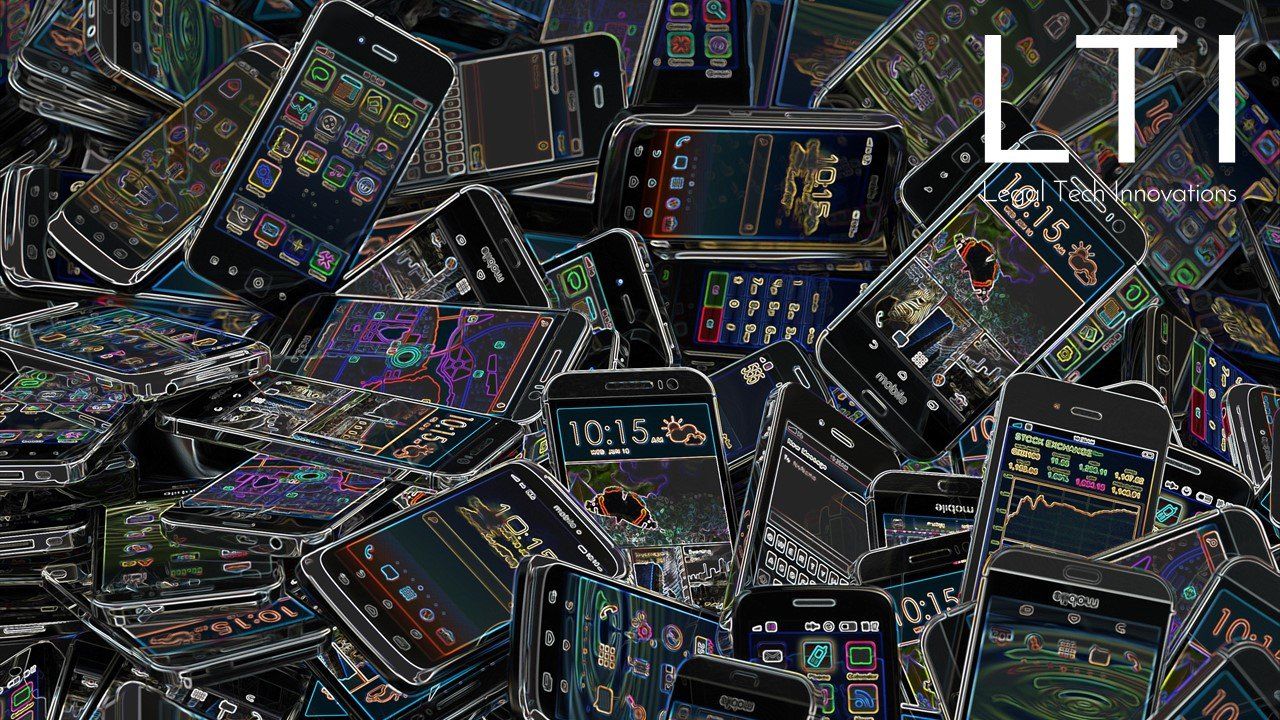
Introduction
As a lawyer, if you are handling a merger, cartel, compliance review, dispute or an investigation mandate, mobile phone data will certainly be a potential data source of evidence.
The data from a mobile phone will need to be treated with the same respect as an email or word document originating from a company system (e.g. collected, reviewed, classified and produced).
However, when handling mobile phone data, things can get a little tricky because you will more than likely need to satisfy custodians privacy demands...
Mobile phones in the current era
Firstly, let's briefly discuss “what is a mobile phone?". You might be reading this blogpost on one, if not. It is probably in your hands.
The mobile phone has become an amazing tool... We have many ways to stay in contact with family and friends, we can purchase products, we do our banking with it, take pictures, order food and taxis, even find love with a mobile phone… Plus, you can also make a phone call!
A mobile phone is an incredibly personal object that knows everything about us.
From a work point of view, we have also switched to apps on our phones for some of our daily tasks.
We live on the go and use our phones to take pictures of documents, talk to colleagues, customers or competitors via a vast array of applications, create work appointments on non-company-provided calendars and join meetings using 3rd party conferencing applications.
Therefore, more and more company related data activities are happening outside of the control of company provided IT systems.
This is the exact reason why mobile phones and the data stored on them are interesting in legal proceedings.
On the phone or not on the phone, that is the question?
Before you collect the data from a mobile phone, it is important to understand which applications store data locally on the phone and which applications store data in the cloud.
Not all the information (documents/messages) you see within the phone is stored locally. For example, when in OneDrive and you open a document, the application is fetching it from OneDrive's cloud storage. The document is not stored on the phone.
Be aware that the information required for your review may not be copied/extracted if you only collect the phone as evidence. It is also necessary to collect the data from the cloud.
Consent from the custodian
The collection of data can only proceed with the custodians providing their consent. The custodian needs to assist the examiner by providing the necessary passcodes/passwords and usernames. Without compliance, it is almost impossible to conduct the collection.
Remember to be upfront with the custodian and discuss the processes before the collection day.
A consent form must be signed before you collect/extract any data.
The drafting of the consent form is very important and needs to be clear and concise regarding the data that will be collected. If you also require the data from the cloud (e.g. OneDrive, LinkedIn, iCloud Drive, email, Google Docs), this will be stipulated in the consent form.
Once the consent form has been signed, the collection can start. During the coping/extraction process, the custodian will temporarily be without access to their phone. The collection process will likely take between 2-5 hours.
Over the years, I have witnessed tense situations unfold where custodians have started arguments about their data being collected. Sometimes, they have even walked away (with their phones) from the collection. Lawyers and examiners’ soft skills can be needed to calm things down.
Workflows
The workflow will be designed depending on the data required and the privacy that needs to be respected. It may differ from custodian to custodian and will need to be documented and annexed in the electronic search methodology paper.
When a custodian has privacy concerns and does not want the full content of their phone to be searched and reviewed, I recommend a workflow as follows:
- The content of the phone is copied in full into the forensic application.
- The custodian, lawyer and forensic consultant sit together and apply several filters to isolate an agreed subset of data that can be taken away and reviewed.
- The subset is extracted from the full copy and will be used for the legal research.
- The full copy is saved onto an encrypted drive, which is placed into a sealed/tamperproof bag/envelope and stored by the lawyers. It will only be accessed again if the custodian agrees.
I advise this approach because as time goes by and new knowledge/information is obtained about the case, it may be necessary to go back to the phone and look for new evidence. Therefore, it will always be better to preserve a full copy and not need it, than need it and not have it.
Closing
At LTI, we have great results collecting mobile phone and cloud data, assisting our clients and custodians with these matters while respecting data privacy requirements.
We use Oxygen Forensics Detective software which allows us to work with our clients in a purpose-built mobile review application. Alternatively, the data can be transferred and reviewed in our eDiscovery platform.
If you have a project or a scenario you would like to discuss, please do not hesitate to contact us: info@legaltechinnovations.com


